Driving is an activity that inherently carries a level of risk, underscoring the importance of thorough preparation and knowledge before taking the wheel. In South Australia (SA), the journey to obtaining a driver’s license involves a pivotal step known as the Hazard Perception Test (HPT). This comprehensive guide aims to delve into all facets of the HPT in SA, unraveling its purpose, structure, and effective preparation strategies.
Unveiling the Hazard Perception Test (HPT)
The HPT is meticulously crafted to assess a driver’s capacity to anticipate and respond to potential hazards while navigating the roads. It unfolds through a series of film clips that replicate real driving scenarios, requiring test-takers to identify and react to hazards by clicking their mouse at the precise moment. The test seeks to gauge a driver’s aptitude for making prudent decisions and executing appropriate actions across diverse driving scenarios.
Unraveling the Purpose of the HPT
The HPT serves a critical purpose—to ensure that drivers possess the requisite skills and knowledge to discern and respond to potential hazards on the road. By scrutinizing a driver’s hazard perception abilities, the test plays a pivotal role in minimizing accident risks and instilling safer driving practices. It constitutes an integral part of SA’s Graduated Licensing Scheme, a framework designed to gradually introduce new drivers to the road, incrementally enhancing their driving privileges.
Decoding the Structure of the HPT
At its core, the HPT unfolds through a sequence of film clips, each portraying distinct driving scenarios. Test-takers must keenly observe these clips, pinpoint potential hazards, and respond by clicking the mouse at the opportune moment. The test meticulously evaluates a driver’s agility in recognizing hazards swiftly, accurately assessing distances, and responding with precision.
Effective Preparation for the HPT
Exceling in the HPT necessitates meticulous preparation and a solid understanding of the test’s intricacies. Here are fundamental steps to ensure effective preparation:
Step 1: Grasp the Test Criteria To excel in the HPT, a profound understanding of the test criteria is paramount. Familiarize yourself with the spectrum of hazards featured in the film clips and discern the appropriate responses for each scenario. A clear comprehension of the scoring system enhances readiness for the test.
Step 2: Delve into the Driver’s Handbook The Driver’s Handbook stands as a comprehensive beacon, offering detailed insights into road rules, safe driving practices, and hazard perception. Thoroughly studying the handbook forms a robust foundation of knowledge applicable during the test, with a focus on hazard identification, defensive driving techniques, and responses to potential threats.
Step 3: Harness the Power of Sample Tests Engaging in practice with sample tests proves immensely beneficial. SA government resources offer online platforms allowing test simulation—watching film clips and responding to hazards. Utilize these sample tests to acquaint yourself with the test dynamics, timing, and the spectrum of hazards likely to be encountered.
Step 4: Cultivate Hazard Perception Skills Elevating your hazard perception skills significantly amplifies HPT performance. Actively observe your surroundings while driving, adeptly identifying potential hazards in real-time. From pedestrians and cyclists to ever-changing traffic conditions, cultivate the ability to recognize risks swiftly, becoming a more attentive and proactive driver.
Step 5: Seek Professional Guidance Consider enrolling in a professional driver training program or seeking guidance from a qualified instructor. They offer invaluable insights into hazard perception techniques, furnish personalized feedback, and assist in honing your skills. Address specific concerns and questions about the HPT, fostering a well-rounded preparation.
Navigating the HPT
When adequately prepared, it’s time to navigate the HPT. Keep these essential tips in mind during the test:
Tip 1: Stay Calm and Focused Maintain a composed and focused mindset throughout the test. Minimize distractions, concentrate on the film clips, and take the time to thoroughly analyze each situation before responding.
Tip 2: Observe Carefully Carefully scrutinize each film clip, paying attention to every element on the road—vehicles, pedestrians, road signs, and traffic conditions. Train yourself to scan the entire scene, anticipating potential hazards.
Tip 3: Act Decisively When a hazard is identified, respond decisively by clicking the mouse at the opportune time. Trust your judgment, avoid hesitation, and rely on the knowledge and skills acquired during preparation.
Tip 4: Maintain Awareness Continuously scan film clips, remaining vigilant for changes in the driving environment. Stay proactive, keeping an eye out for emerging hazards that may necessitate additional responses.
Tip 5: Practice Time Management As the HPT is timed, practice effective time management during sample tests. Ensure sufficient time to respond to each hazard, steering clear of rushing or lingering excessively on a single clip.
Remember, success in the HPT is a crucial milestone toward obtaining your driver’s license. By preparing adequately and refining your hazard perception skills, you enhance your prospects of success and contribute to a safer driving experience. Best of luck!

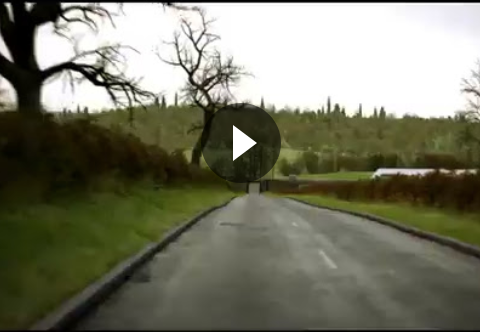
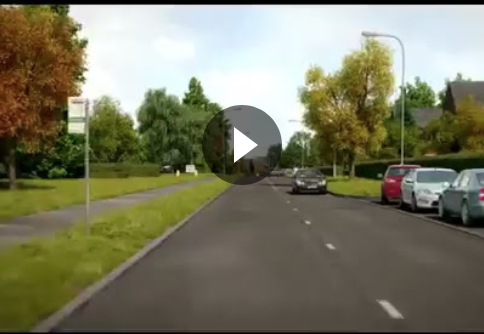
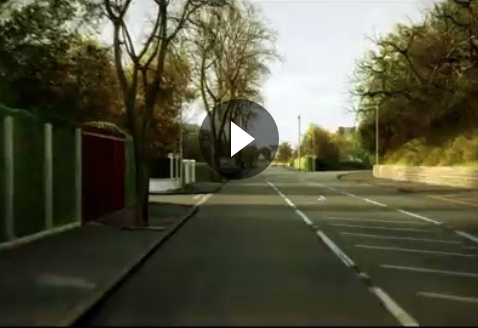
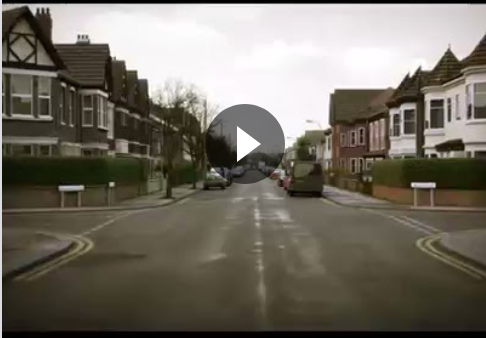


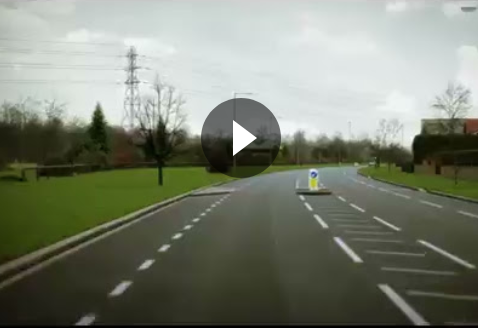

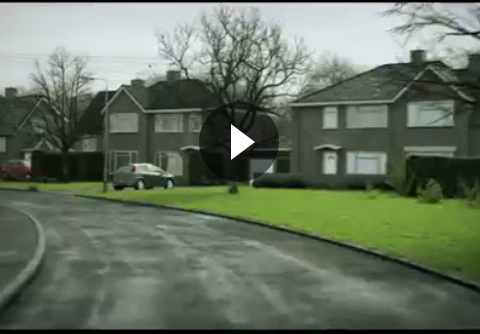
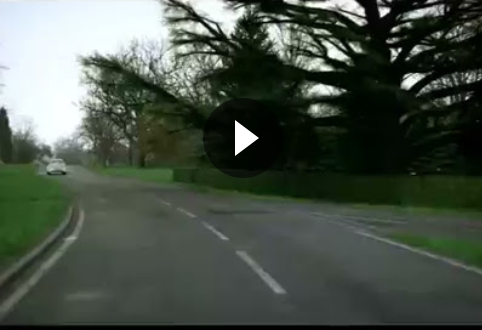
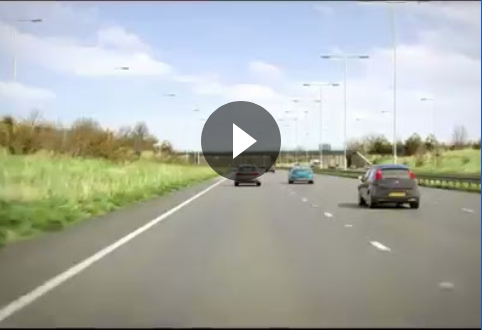



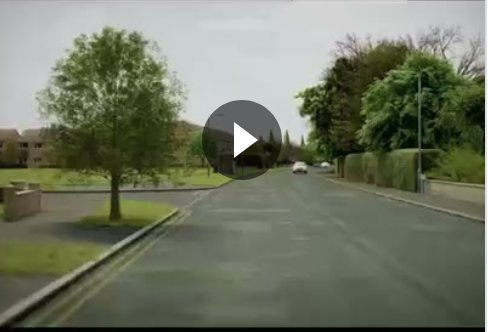
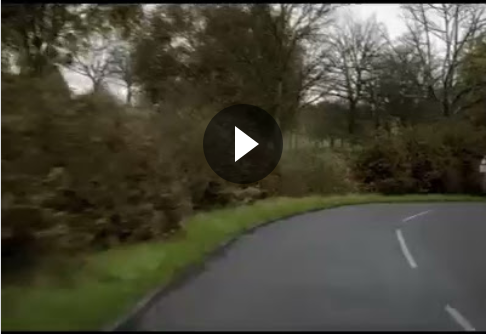
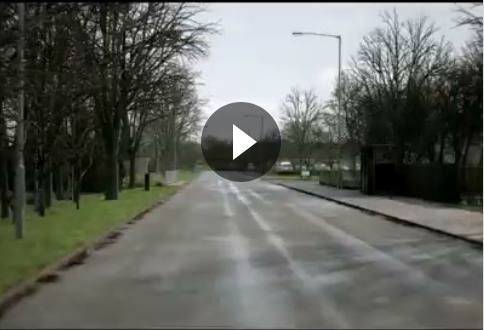
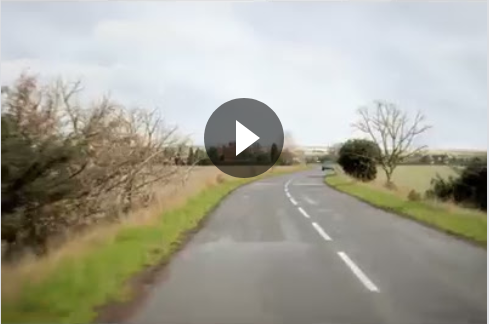
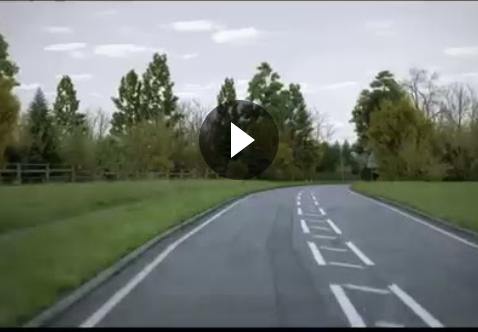

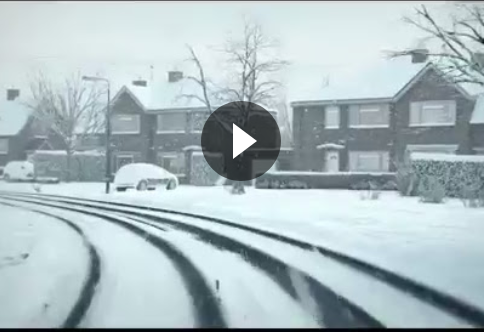
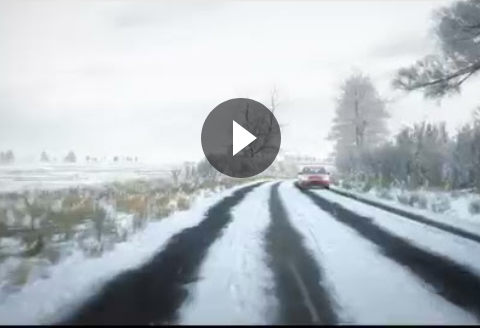

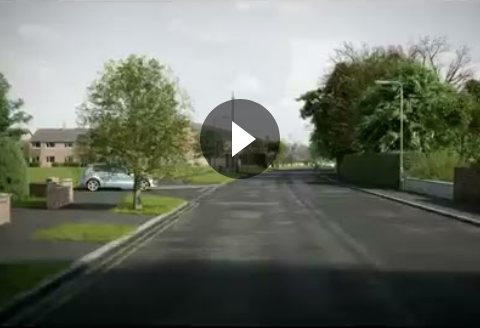

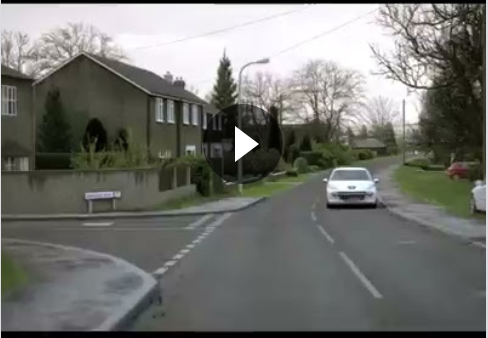
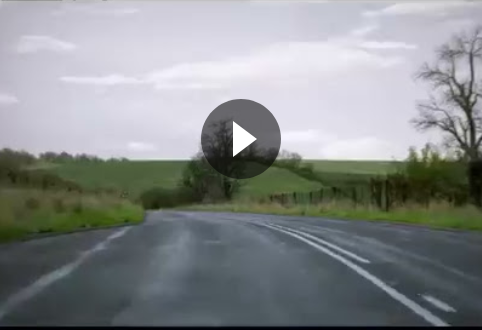

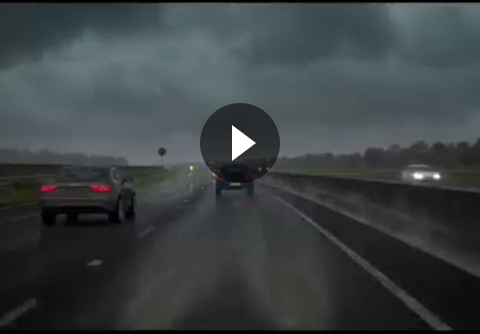
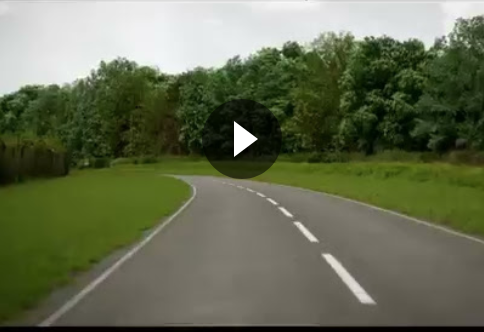

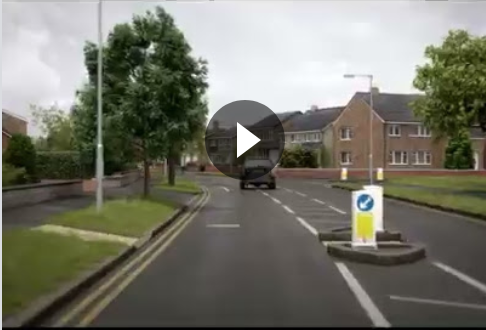
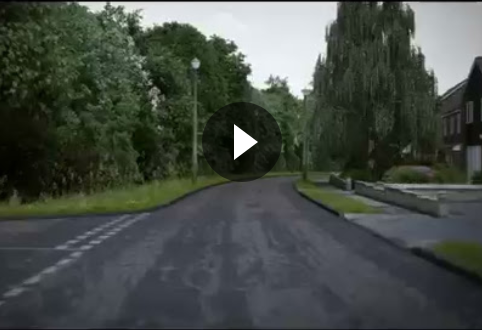
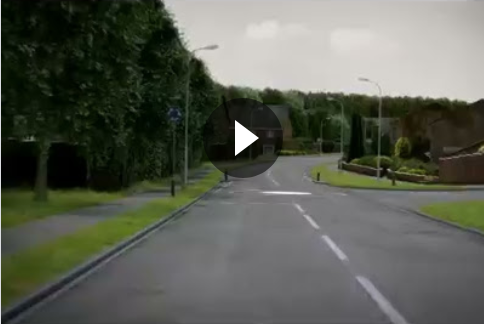

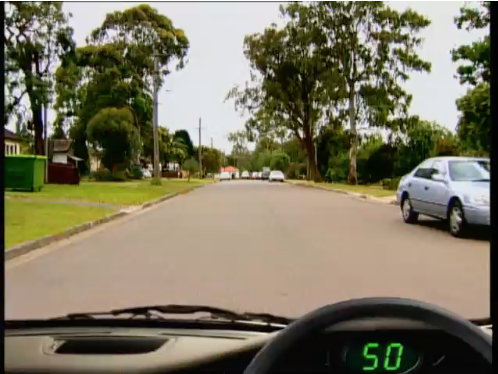

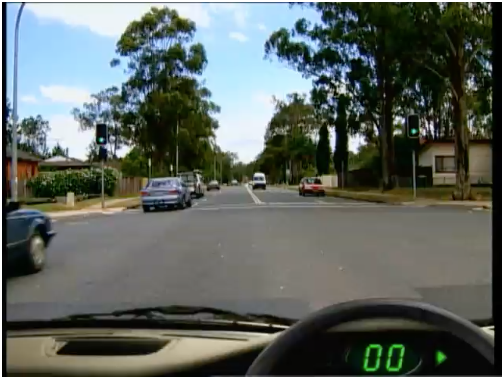
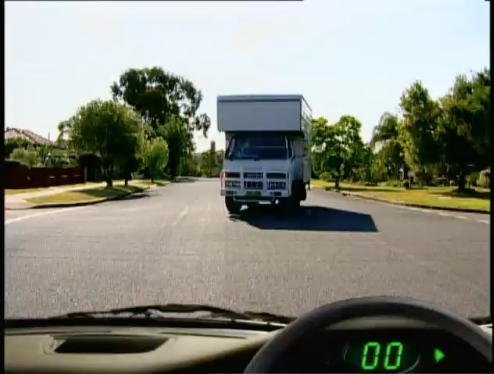
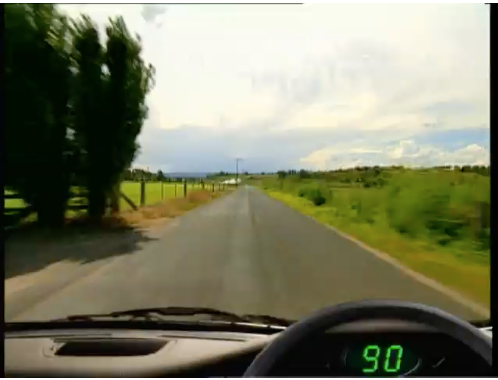
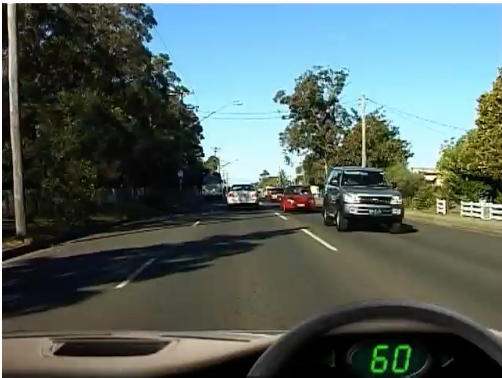
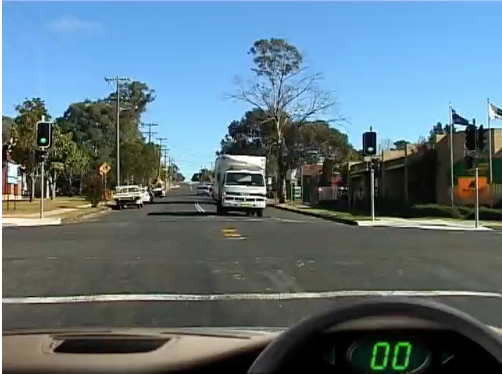
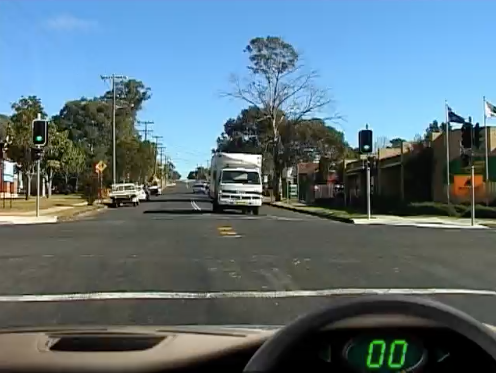
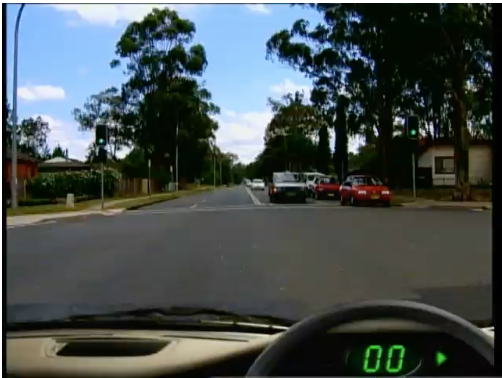
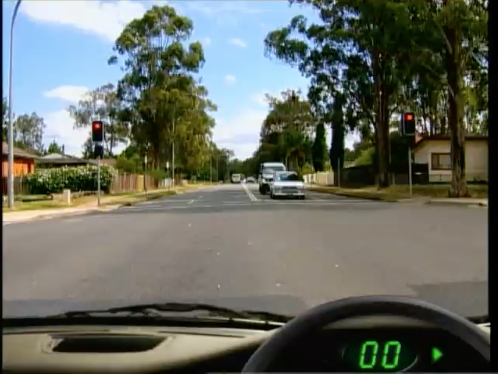


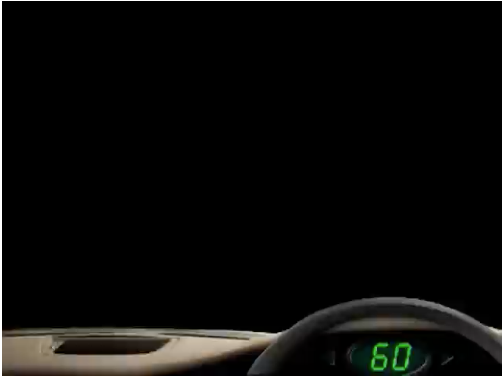
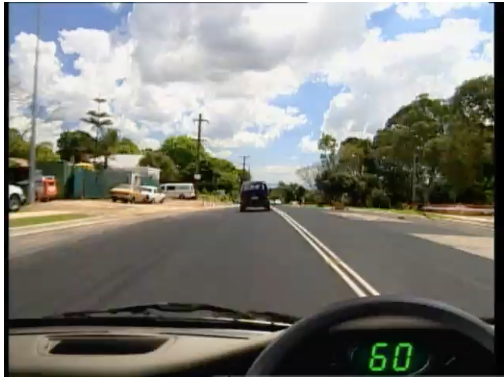

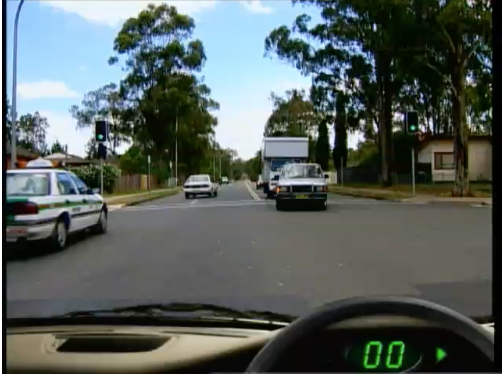

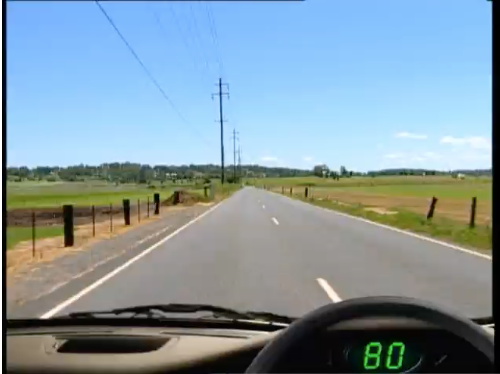
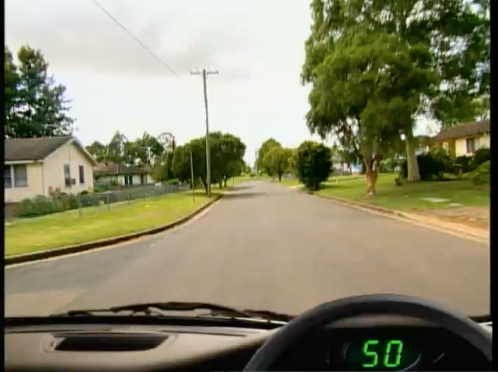

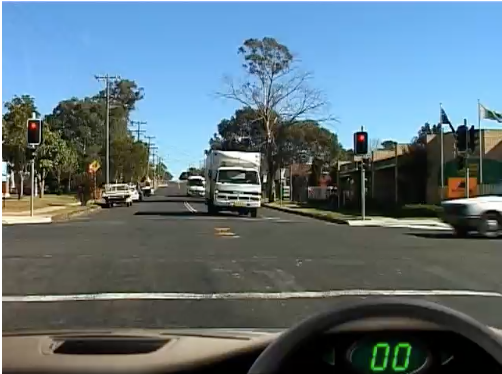
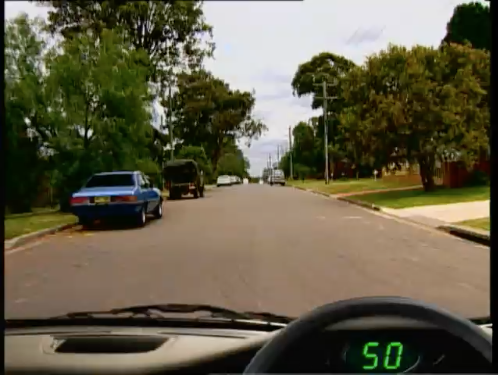
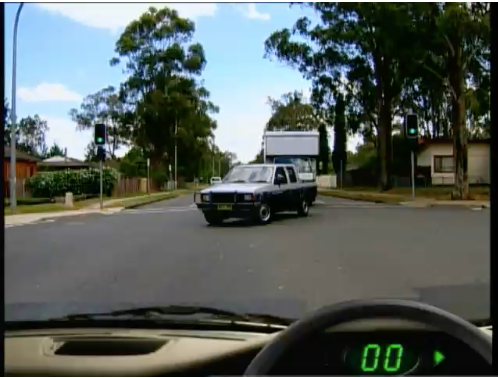
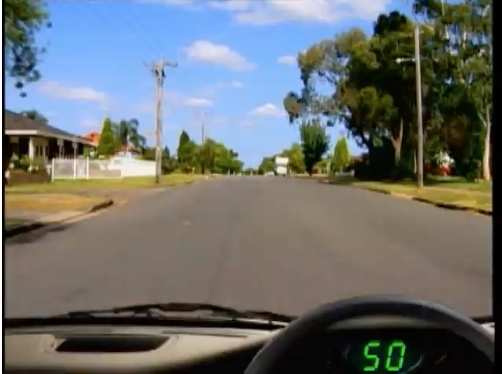

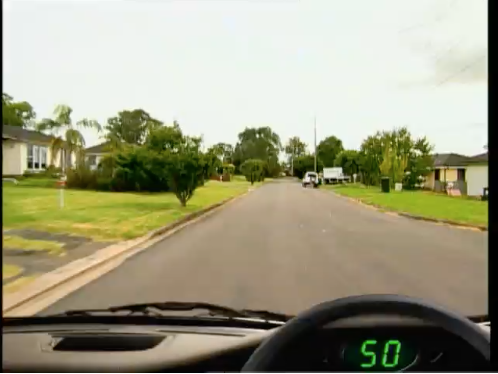
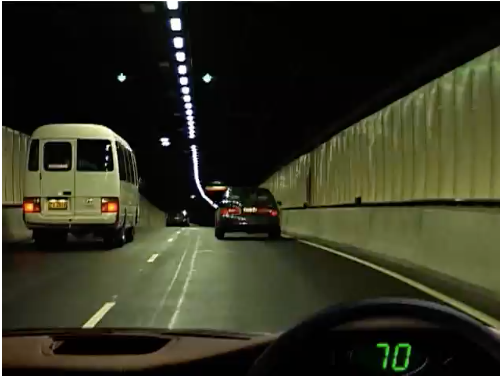
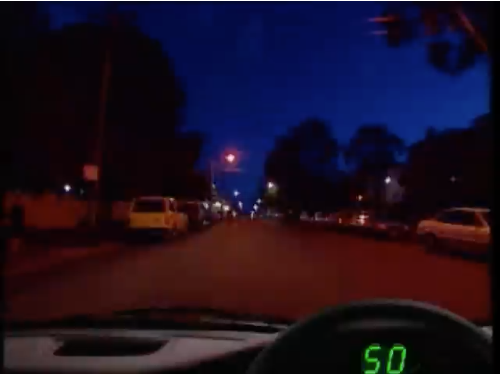
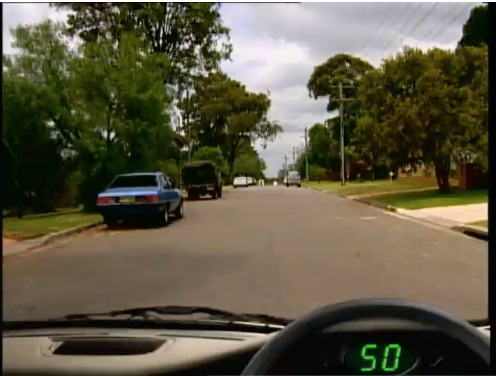

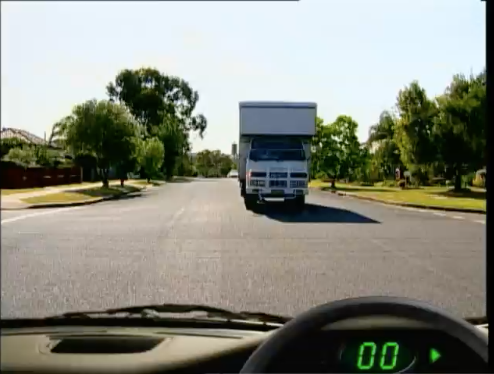
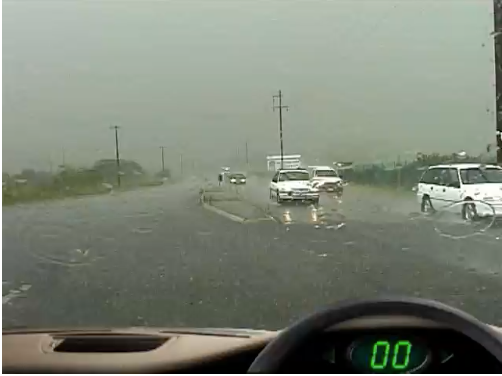
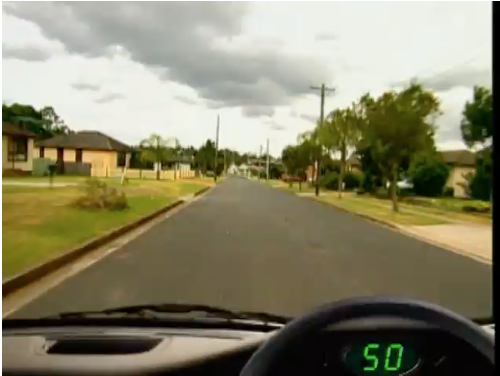
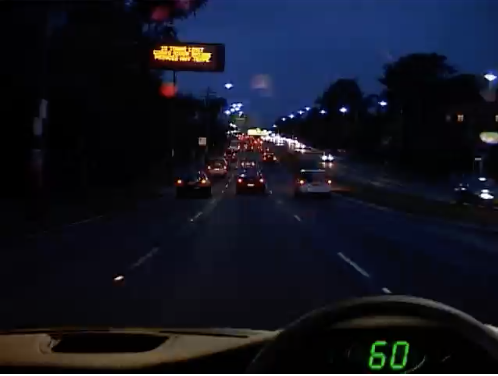
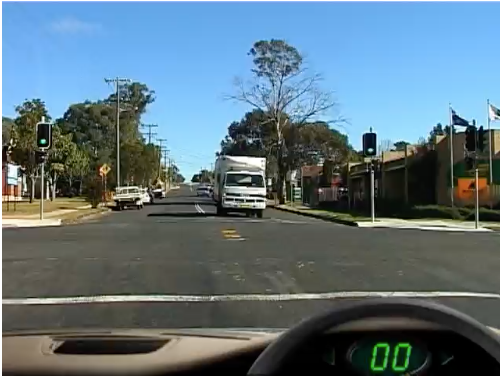
Поздравляем!